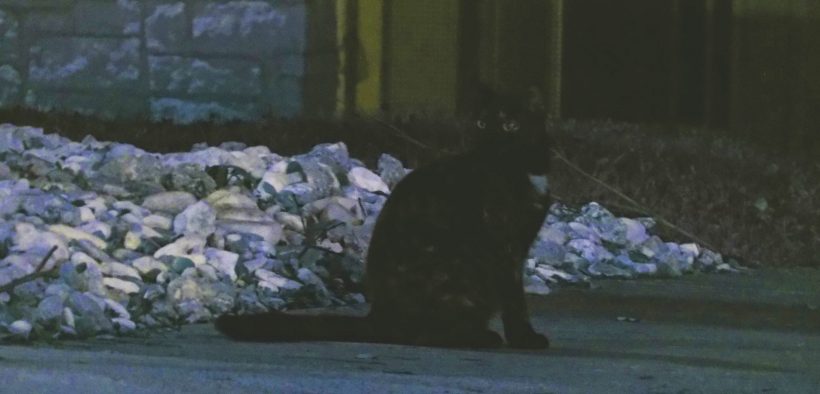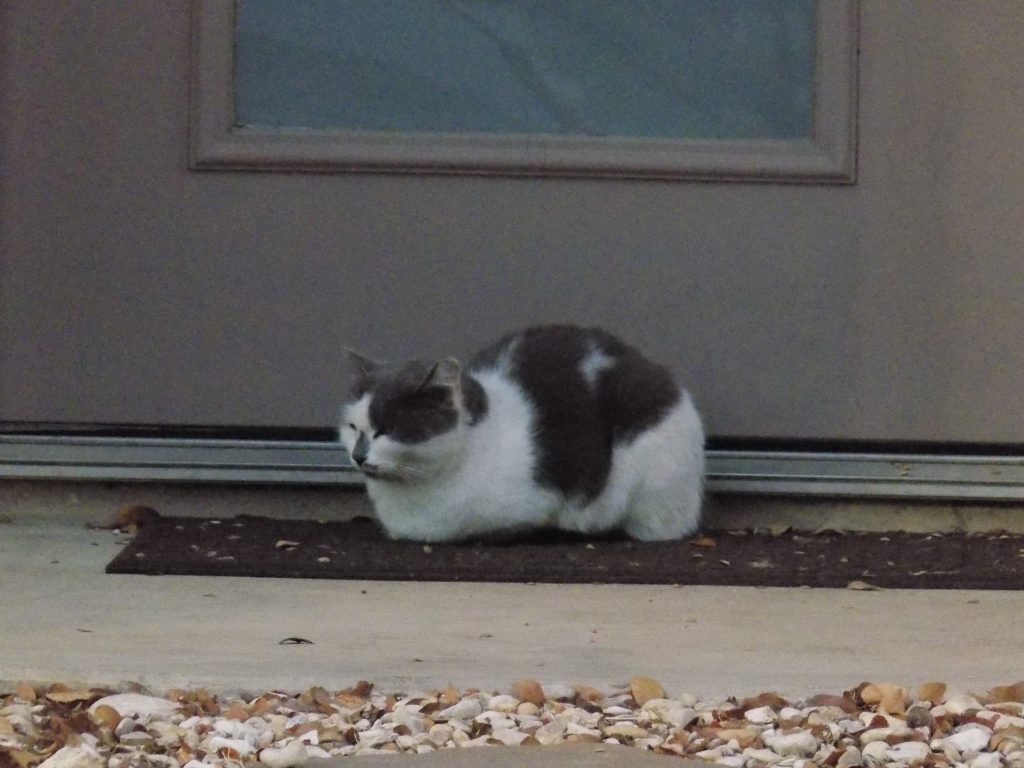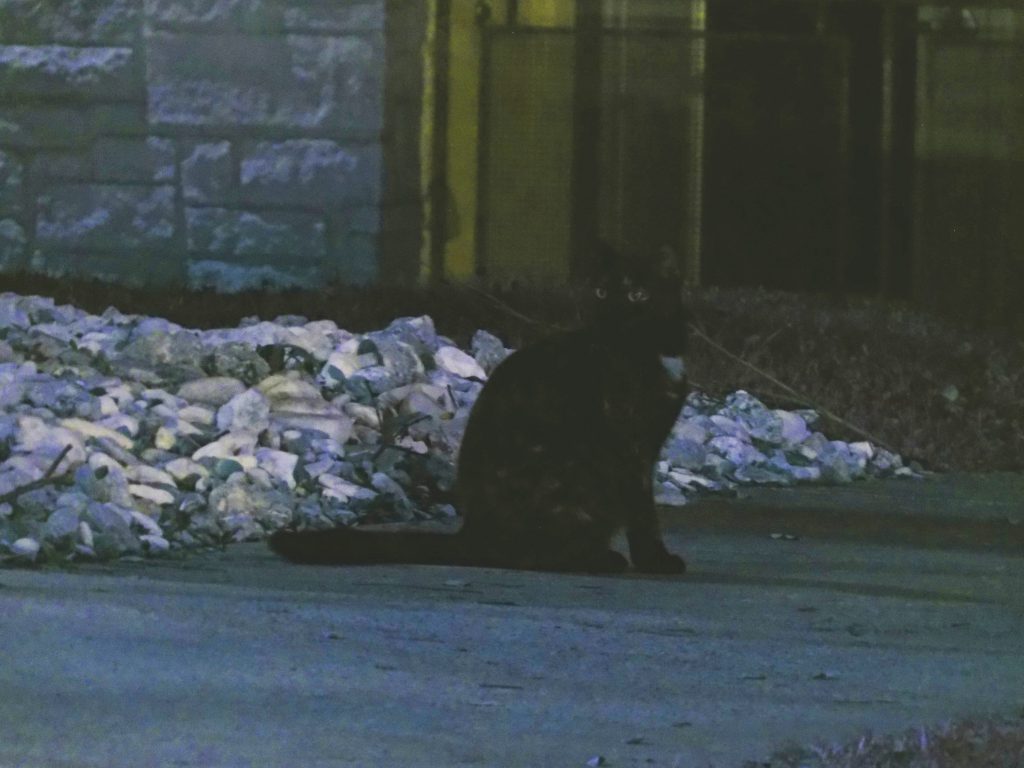Campus Cats: Our Feral Family
Share

Walking around campus, one can’t help but notice the slight blurs of movement as cats dart away from the sounds of crunching leaves. They duck underneath parked cars near the Lord Residential Hall and scamper away from their loafed positions in the grass around the Fondren-Jones Science Center. These furry little friends bring smiles to the faces of countless students who come across them on campus. But, as the leaves turn burnt orange and fall to the ground, one can’t help but wonder: what happens to the cats in the winter?
This is where the Cat Partners step in. The volunteer group — completely comprised of students, faculty, staff, and community members — work together with one goal: help the cats.

“We offer the campus cats a safe space to reside,… we provide veterinary care if a cat were to need immediate medical attention, and we offer students opportunities to become more involved on campus,” explained the Vice President of Cat Partners Kate Henderson.
The Cat Partners’ services also include utilizing the “Trap, Neuter, and Return” program (TNR), regularly feeding the cats, and returning lost cats to owners in the Georgetown community. Amongst these services, the TNR program is truly regarded as the core of the organization since its start in 2011. TNR involves a series of steps to protect the cats.
“[TNR] involves humanely trapping the cat, taking it to get spayed/neutered, microchipping it, and vaccinating against rabies,” Henderson explained. “All of these precautions are taken to lower the feral cat population, to reduce the risk of disease spreading, and ultimately to keep the cats safe. In order to tell whether a cat has been through a TNR program, you can check if it has a small tip on its ear.”
The feeding program has also been a vital part of the cats’ welfare. The Cat Partners have ant-proof bowls at designated feeding stations to support the three main cat colonies. Volunteers regularly feed the cats and warn well-meaning students to not feed them or give them milk. Overfeeding the cats could lead to negative health effects down the road. The leftover food can also attract unwanted pests like coyotes or opossums, posing a threat to our residential cat colonies.

Even with all the programs and goals the organization is juggling, they plan to include another item on their agenda to further the cats’ safety.
“With winter on the way, Cat Partners of SU are creating insulated cat houses made of foam crates and straw,” said Henderson. “If students would like to help gathering materials, fundraising, or even building the shelters, they can contact us.”
The Cat Partners are always looking for more volunteers to join and ask that anyone interested contact them using the links on their webpage. For those who prefer showing financial support, the team is selling T-shirts (with a very cute design featuring the newest cat, Pumpkin) here until Dec. 12. Feel free to also follow the Cat Partners on their Instagram account @su_cat_partners.
